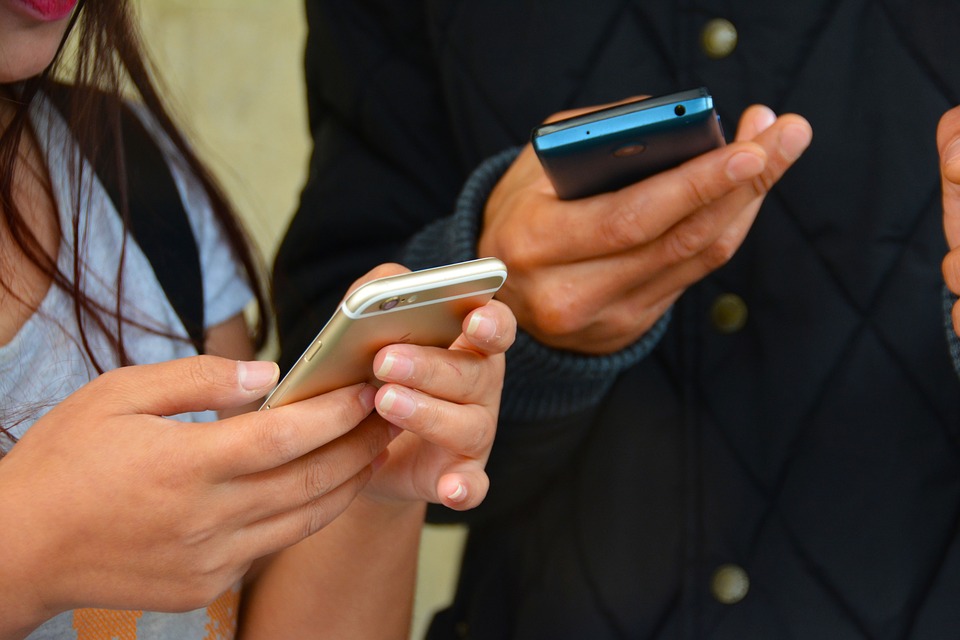There is no doubt that smartphones have changed our culture and our world in about a decade. We have oceans of knowledge at our fingertips that we can access at a whim and more people are connected to one another than any other point in human history.
The milestones that the smartphone has reached in the short amount of time they have been on the scene is staggering. However, too much of a good thing can have negative effects, and can even be harmful, to society. As we venture more into the digital age, more questions about smartphone addiction are beginning to come to light.
The term “nomophobia” has been coined for the growing smartphone addiction issue. Nomophobia is the fear of being without a mobile phone, but more specifically its involves the fear of not being connected via apps, emails, internet videos and tweets.
It is estimated that 224.3 million people in the United States own a smartphone, and more than 2 billion people own one worldwide, according to research conducted by Statista. Based off these statistics, if the smartphone does indeed have addictive qualities, it will be easy for the condition to affect the masses.
Research piloted by the Common Sense Media states that 50-percent of teens say they cannot live without their phone. They also report that we rarely are more than five feet away from our phones.
What is it that makes us addicted to our devices? Similar to using drugs and alcohol, access the internet releases dopamine in our brains. Dopamine is a neurotransmitter that helps control the reward and pleasure center in the brain.
For instance, if you post a picture from your vacation you may be more inclined to log in to see if how many people have ‘liked’ or commented on it. Each time you log in, your brain is saying this is a pleasurable experience and wants more of it. Much like excessive usage of other addictive things, your body beings developing a tolerance to the pleasurable feeling and you’ll need more to reach the same feelings.
Always being connected or always being on can impact your health in many ways. Constant smartphone usage can negatively impact our ability to problem solve and think creatively, according to research by HelpGuide.org.
Since we can alleviate any boredom or downtime we have by whipping out our smartphone, the moments we are alone and can think are diminished. The constantly distraction impairs our ability to reflect and take inventory of our current state.
Also, increased feelings of stress, loneliness and anxiety grow with excessive smartphone usage, particularly with social media use. Comparing ourselves to our friends based on what we see them posting leads to these isolated, depressed sensations.
There are many ways to combat this problem, most of which are far easier said than done. One way is to create “phone-free” zones in your house or apartment. These areas can be safe havens and can be used for time for yourself or family. You can also pick a time of night to turn off your devices and be in the moment. It is recommended to do this an hour before going to be to help improve the quality of your sleep.
Recently, the “Substitute Phone” has hit the market to help those addicted to their smartphone. It’s a device developed by Austrian designer Klemens Schillinger and it mimics the gestures you would use on a smartphone with stone beads placed on a track. You can swipe, pinch and tap with these replica phones. It is basically a Fidget Spinner for adults.
Smartphone addiction is going to continue to grow the more our lives become intertwined with our devices. We have to recognize the issues at hand and take the appropriate steps to curb the effects smartphones has on our society. They are great tools to have, but we just need to exercise some moderation.


